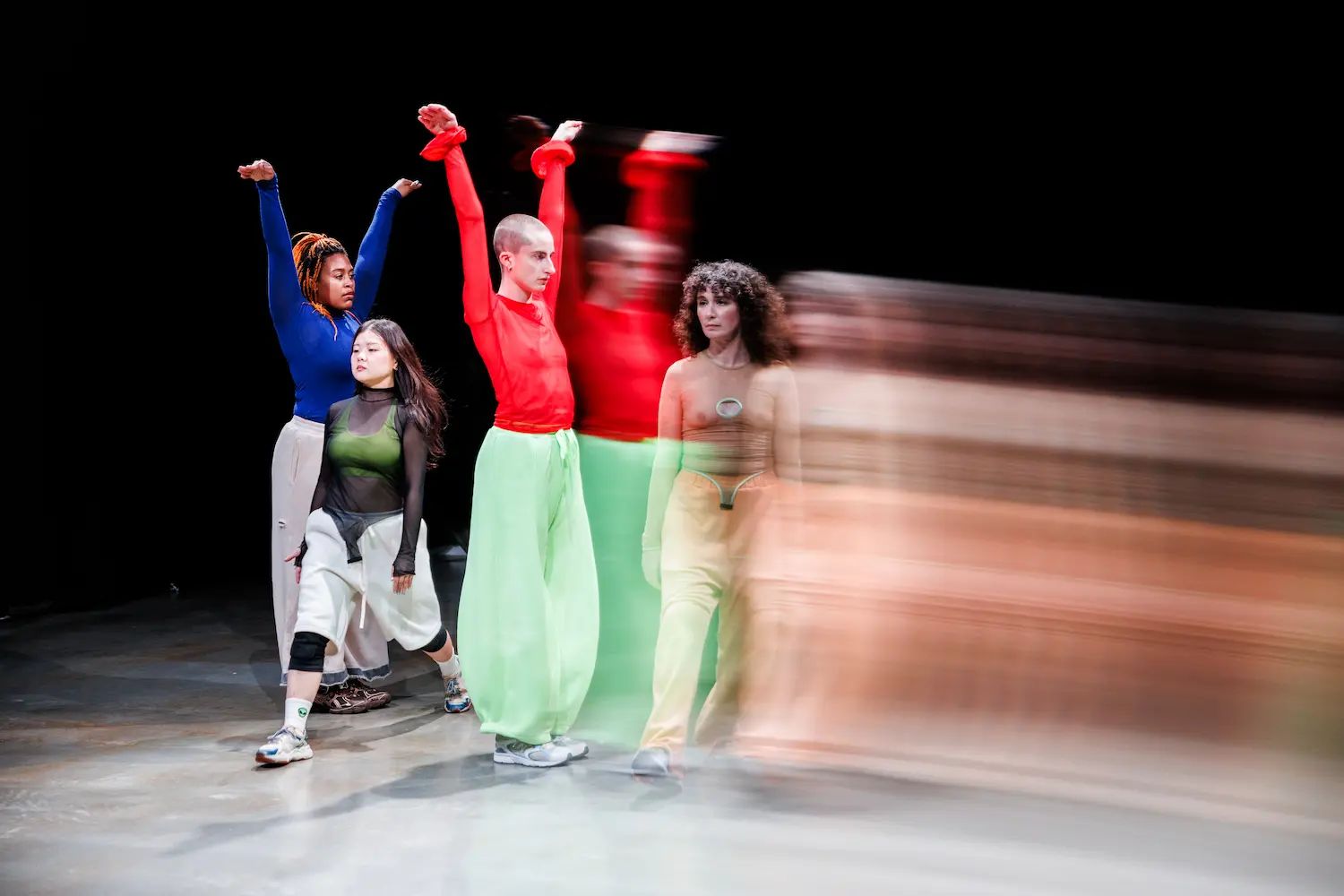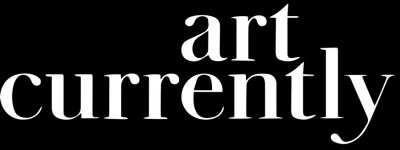Barnett Cohen Maps a Landscape of Feeling in “anyyywayyy whatever” at Amant, Brooklyn

 Photo by Maria Baranova.
Photo by Maria Baranova.
The fall came in full swing, especially for the art world, with opening after opening, fair debuts, dinners, and more, as it always does; everyone calls it the real back-to-school. One September night, I arrived right on time for the start of Barnett Cohen's "anyyywayyy whatever" performance - the first in a three-show weekend at Amant and New York debut. My friends were already in the entry line, which had started to stretch as I walked up.
From the middle of Amant's outdoor corridor - a gorgeous, tucked-away thoroughfare between buildings - we heard a speech from Amant's Associate Curator Patricia Margarita Hernández, proudly announcing the start of the performance. In what felt like a collective exhale, we were told: yes, you can take photos and videos during the show. We love an unpretentious space.
This was my first time experiencing Cohen's work and I felt a little behind. My friends had seen rehearsals earlier this summer and kept referencing "the raw cuts." Automatically, FOMO hit me hard. But really, what was I mourning? I hadn't even seen the work yet, which in hindsight meant this was going to be good - real good - without a witness. All I knew was that I had to be there. And I'm glad I came.
Because "anyyywayyy whatever" had me in a chokehold the entire time - in the best, most intoxicating way. From the moment it began, there was a sense of unbounded motion, like the dancers were being moved by something far larger than choreography. It wasn't just the performers who were lit — it was also the space itself, saturated with beams of monochromatic light that pulsed through the room, figuratively and literally, washing over the dancers' bodies and the audience. I couldn't help but notice how tolerant—so in sync, so bang on time—the performers were under those controlled lights inspired by the nightlife queer spaces introduced by Bessie-nominated Sarai Frazier. So think, red, deep blues, hues of pink, etc. The dancers, dressed in archival pieces by fashion designer Melitta Baumeiste and styled by JenniLee, didn't flinch. They absorbed; stayed on a melodic rhythm that impressed me beyond compare and shouted fragments like "in a galaxy far far away… there was a history where everything is fine," and "parallel multiverses in parallel multiplexes," before arriving at the present: "now, we pose with placards; now, we pdf; identify as violence."
While in movement of stylized violence: punches, kicks, chokes, and slaps; I asked myself: Is this rage baiting in performance? It felt more poignant than ever to question yourself, your behvior, your choices in today's America.
Throughout, the room cracked and giggled—a cathartic laugh here, a sharp exhale over there—the audience in constant, reactive dialogue with the score, stitched together from Cohen's own epic poetic texts. The sources? Everything from fiction to dating app chats to queer theory and DM screenshots. It was chaotic, yes but beautifully legible, especially with the footnoted chapbooks by Leslie Rosario-Olivo.
The six performers - Laurel Atwell, Sally Butin, Maddie Hopfield, Deja Rion, Fiona, and Ray Tsung-Jui Tsou - were nothing short of entrancing. One moment, they were melting into postmodern dance spirals; the next, they snapped into hyper choreo, or what looked like intense PDA. There were beauty pageant twirls, rave patterns, fight scenes, and sudden tender embraces that emerged like breaths of fresh air. It was as if choreography was a current they were swept into—dissolving, reforming, then dissolving again. Think: futurism meets foam armor meets queerness.
What stayed with me the most, though, were the intimate gestures. A palm on a shoulder. A trace of a forearm. Small, consensual haptic bridges between performer and audience that made me feel touched emotionally in a way that still lingers. Then—with shocking precision—the moment would flip: stylized slaps, punches, kicks, chokes. Like the performance was cycling through all the ways bodies express politics, rage, desire, and need—through love, violence, and presence. anyyywayyy whatever felt reflective and so real - this this human behavior as we know it?
It was sobering in some parts. Unwavering in others and it wasn't just a show. It felt like a landscape of feelings, a choreographed theory; I, with the audience, was completely consumed, and deeply, gratefully held.

